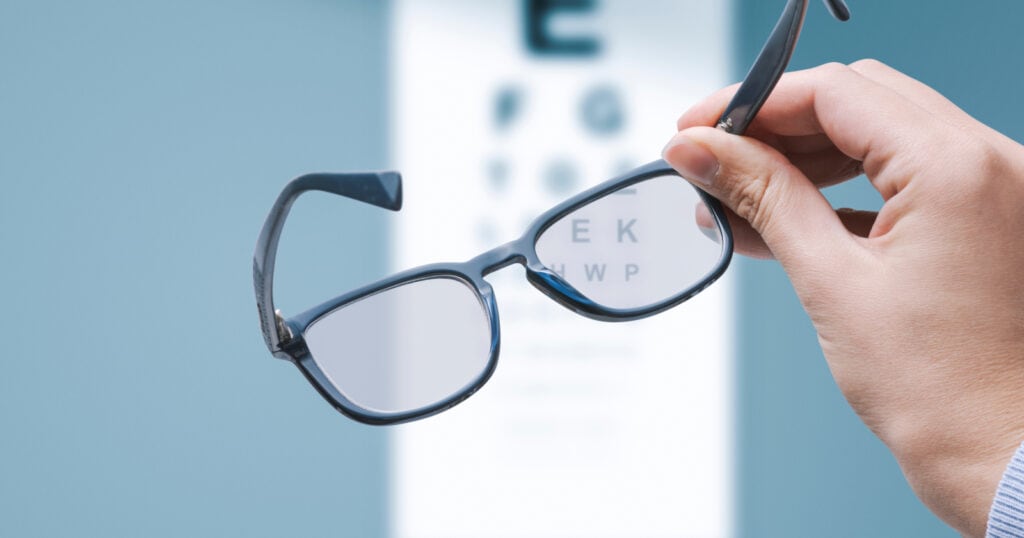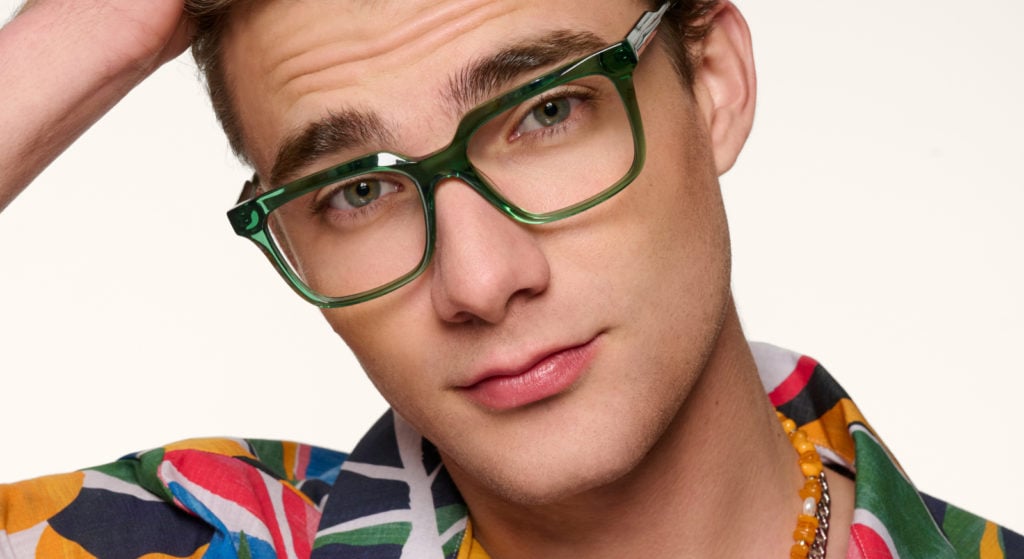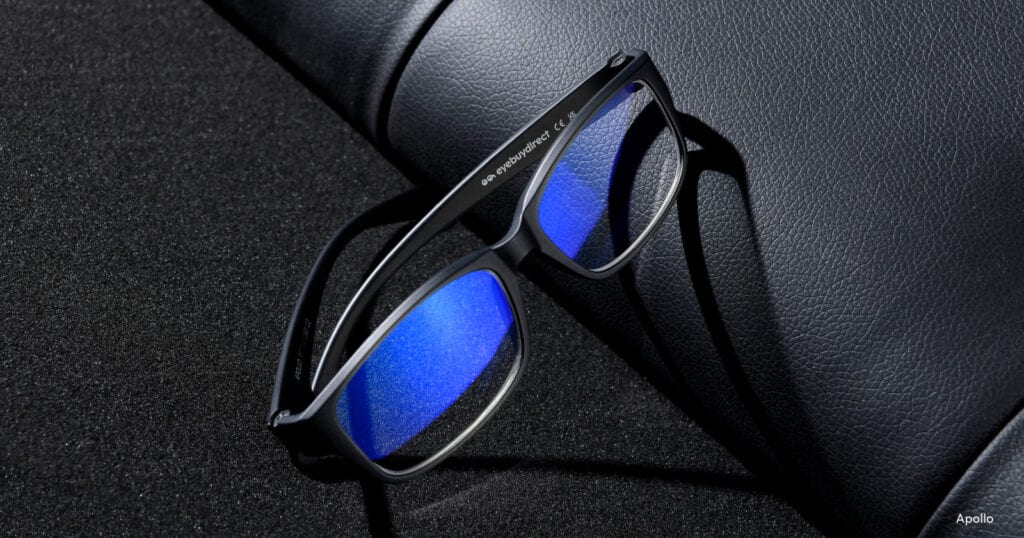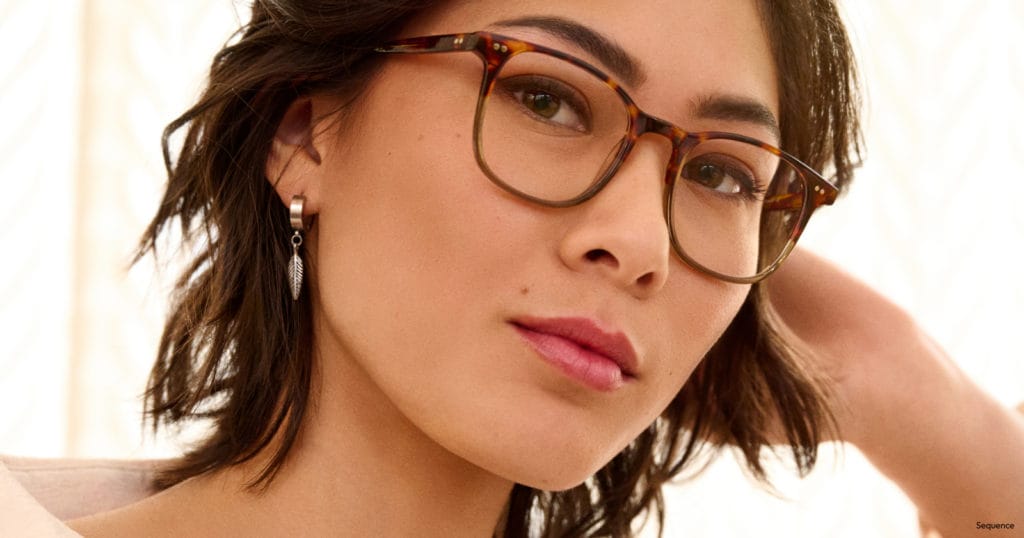Having 20/200 vision impacts daily life significantly, complicating tasks such as reading street signs, recognizing faces from afar, or driving. These difficulties may reduce independence and affect quality of life. Therefore, considering corrective measures and lifestyle modifications is crucial.
Understanding 20/200 Vision
20/200 vision indicates a significant level of impaired eyesight. It means that from 20 feet away, you can only see what someone with standard vision could see from 200 feet. This significant limitation affects your ability to perform daily activities without corrective eyewear or visual aids.

Understanding Visual Acuity
Visual acuity measures how clearly we perceive the world and our capacity to notice fine details. This clarity is vital for everyday activities. During eye exams, the Snellen chart evaluates visual acuity by displaying progressively smaller letters. This tool enables eye doctors to evaluate your vision clarity over distance.
How Vision Is Measured
20/20 vision indicates that you can see at 20 feet what most individuals with normal vision can see. This is regarded as standard vision, though not everyone achieves this level. Other measurements, like 20/40 or 20/200, reflect increasing difficulty in seeing clearly. For example, someone with 20/40 vision must move closer to see what a person with 20/20 vision sees from farther away. Those with 20/200 vision face far greater limitations, making it much harder to navigate daily tasks without assistance.
Legal Blindness and Eye Care
In the United States, individuals with 20/200 vision are considered legally blind. This highlights the challenges faced by those with profound vision loss and underscores the importance of regular eye exams. Such exams can identify issues and determine if glasses or contact lenses are needed to enhance life for those with vision problems.
Impact of 20/200 Vision
Living with 20/200 vision can make everyday tasks more challenging, such as:
- Reading – Reading is difficult for people with 20/200 vision. Words in books, on screens, or in newspapers appear blurred. Magnifying tools or special glasses may be necessary, slowing reading and potentially causing eye strain.
- Driving – Driving is challenging with 20/200 vision. Many jurisdictions will not issue a driver’s license without vision correction because it’s difficult to see road signs, signals, and other vehicles, increasing accident risk.
- Recognizing faces – Identifying faces from a distance is difficult, potentially making social interactions awkward and affecting relationships and confidence.

Improving Your Vision
There are various methods to enhance vision. Eyeglasses offer a simple and popular solution by properly focusing light on the retina, thus improving clarity.
Eyebuydirect provides eyeglasses as a solution to enhance your vision. Options include bifocal glasses for both near and distance vision or custom prescription glasses.
Contact lenses are an alternative for those who prefer not to wear glasses, providing unobstructed vision without frames. They are available in different types, such as daily or extended wear lenses.
For long-term improvement, surgical procedures like LASIK and PRK are effective.
Exploring these options and consulting with eye care specialists can significantly improve vision, enhancing quality of life.
Lifestyle and Vision Health
Maintaining good eye health is essential for a vibrant life. Simple habits, such as eating well, exercising, and using UV protection, help preserve vision. Here are ways these practices benefit the eyes and strategies to reduce eye strain.
Diet and Eye Health
Consuming the right foods is vital for eye health. Vitamins A, C, and E, along with zinc, help prevent age-related vision issues. Foods such as leafy greens, carrots, and omega-3-rich fish are excellent choices, protecting the retina and potentially reducing the risk of cataracts and macular degeneration.
Exercise and Vision
Exercise benefits not only the body but also the eyes. By boosting blood flow, exercise may lower the risk of glaucoma. Staying active ensures oxygen and nutrients reach the eyes, keeping them healthy.
UV Protection
Protecting eyes from UV rays is important, as excessive exposure can cause cataracts and other issues. Sunglasses with 100% UV protection safeguard the eyes. Polarized sunglasses options are also available and particularly useful for those who enjoy outdoor activities. Choose well-fitting frames that provide complete coverage.
Reducing Eye Strain
Eye strain is common with digital device use. The 20-20-20 rule offers relief: every 20 minutes, take a 20-second break to look at something 20 feet away. This practice relaxes the eyes and lessens fatigue.
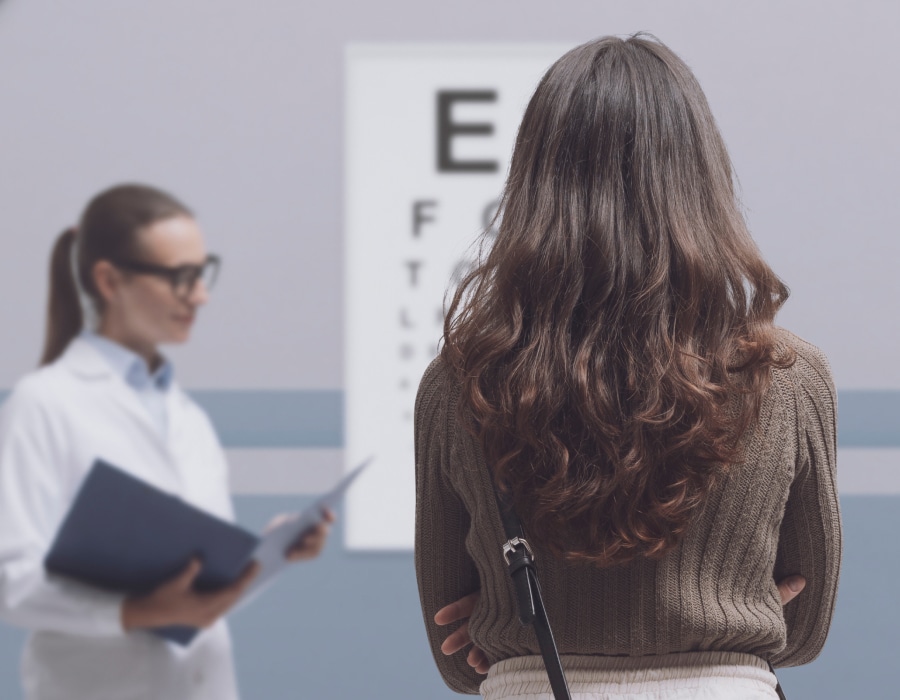
Advanced Vision Treatments
Advanced treatments like LASIK, PRK, and Refractive Lens Exchange (RLE) offer vision improvement by rectifying vision issues. These procedures can reduce the dependence on glasses or contact lenses.
LASIK
LASIK modifies the cornea to correct nearsightedness, farsightedness, and astigmatism. It involves creating a corneal flap and using a laser to reshape it, ensuring light focuses properly on the retina, thereby enhancing vision. LASIK is popular for its quick recovery and rapid results.
PRK
PRK is another laser eye surgery option. It reshapes the cornea without creating a flap by removing the cornea’s outer layer before using a laser. This option is suitable for individuals with thin corneas or those who engage in contact sports, as it avoids flap complications. Recovery from PRK is longer than LASIK, but with similar vision improvement.
Refractive Lens Exchange (RLE)
RLE involves replacing the eye’s natural lens with an artificial one, beneficial for individuals with presbyopia or severe vision issues uncorrectable by lasers. RLE can decrease dependence on reading glasses and enhance overall vision. This procedure resembles cataract surgery and is ideal for those who are not candidates for LASIK or PRK.
Steps to Better Vision
Embark on your journey to improved vision by understanding your eye care needs. If you have 20/200 vision, seek advice from an eye care professional. They can clarify your vision needs and suggest improvement strategies.
Enhancing your vision can elevate life quality and foster confidence. Whether seeking new glasses or treatments, this journey helps you see clearly and realize your vision goals.

